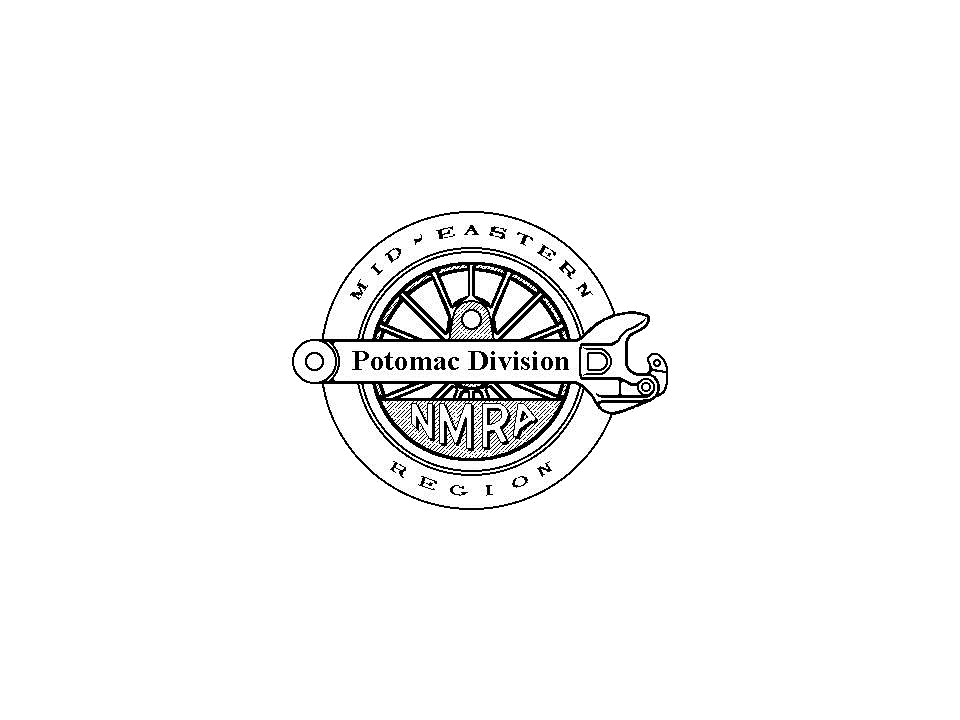RAILROADING IN A LARGE SPACE
I
often speculate on what I could have done with my model railroad if I
just had more space (other than fill it up with more trains). A
different design, certainly, and more storage or staging tracks so that
trains could be run out and back without tying up my passing sidings as
I have to do now, of course. What if I had a room, say, 35’ by 48’?
Would that be enough to build what I really wanted in a model railroad?
Well, I was offered the opportunity to see what could be done with a
space that large at Ed Maldonado’s home in Adamstown, Maryland, on
Saturday, the 16th of May.
His
layout nearly fills a basement room exactly that size, with long yard
tracks to store trains prior to running them on his three-track
continuously operating main line. Although one nominally thinks in
terms of the Pennsy when multi-track mains are involved, his railroad
follows no particular prototype or era. On that day, he was running a
PRR M1 4-8-2, a NS diesel, and a Conrail diesel, pulling long trains of
military tanks on flat cars, as would be appropriate to the 1940s and
1950’s. He also had five 8’ display shelves around the walls that
contained an assortment of railroads and equipment styles, plus more
still stored in boxes and cabinets (I can identify with those boxes and
cabinets). And if that weren’t enough, there was a small, separate, N
gauge railroad on a 2.5’ by 6’ board against the wall as well. The
railroad is controlled with Digitrax DCC and the locomotives all have
sound. There were long, lighted signal bridges over the three track
main at various locations that were controlled by switches on the side
of the layout and are used primarily to inform the engineer that he is
proceeding on that track in the right direction; Ed felt that wiring
them to change when the train passed underneath would be adding some
needless complications to a set up that was already complicated enough
because to its size. He described the layout as a double folded dog
bone that crosses over itself at least twice, and is intended for train
watching rather than operational switching or the dropping off and
picking up of cars. The rural and small town industrial atmosphere is
nicely done using DPM type buildings and kit and/or kit-bashed
factories built down a hillside area that slopes into the valley below,
a long row of Walther’s Flats on the wall behind the yard to give both
depth and something of interest to an otherwise bare area along with
other indications of a pretty much bygone industrial era. The entire
railroad is walk-in accessible, with no tracks to duck under, or
anything else to impede the movement of operators or visitors around
the layout, a feature that I really appreciate personally these days.
If
your primary objective in model railroading is to sit back and enjoy
watching long freight trains passing each other in both directions on
broad curves with a mix of equipment through realistic scenery, rather
than spending your time switching cars back and forth around a small
industry or two, then the type of railroad that Ed Maldonado has built
is for you. Of course, it helps if you have as large a space as he has
in which to build it.
Bob Rosenberg

